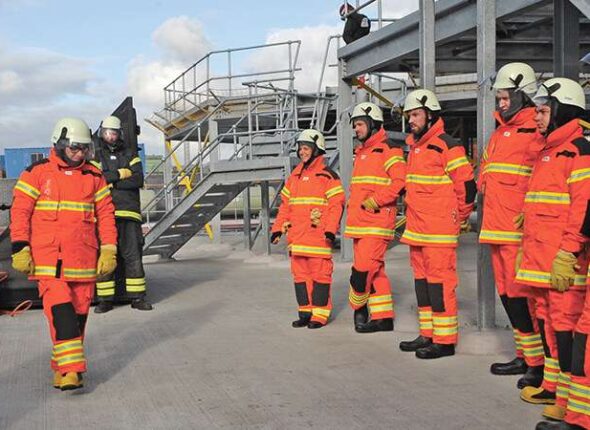Currently Empty: ₹0.00
The Permit to Work Course is designed to equip individuals with the knowledge and skills necessary to implement and manage a robust Permit to Work (PTW) system within their organization.
Key Objectives:
- Understand the principles of Permit to Work systems: Learn about the purpose and importance of PTW systems in controlling high-risk work activities.
- Develop the ability to identify work requiring a Permit to Work: Learn to recognize and classify high-risk activities that require a PTW, such as confined space entry, hot work (welding, cutting, grinding), and work on energized equipment.
- Understand the Permit to Work process: Learn about the various stages of the PTW process, including:
- Preparation: Identifying hazards, assessing risks, and developing safe work procedures.
- Issuance: Obtaining necessary approvals and authorizations for the work.
- Execution: Implementing the agreed-upon safety measures and monitoring work progress.
- Cancellation: Cancelling the permit if necessary due to unforeseen circumstances.
- Closure: Completing the work safely and closing out the permit.
- Acquire knowledge of relevant safety regulations and standards: Become familiar with legal and regulatory requirements related to PTW systems.
- Develop the ability to conduct PTW audits: Learn how to conduct audits of PTW systems to ensure their effectiveness and compliance.
Typical Course Content:
- Introduction to Permit to Work Systems:
- Purpose and importance of PTW systems.
- Legal and regulatory requirements.
- Benefits of implementing a PTW system.
- Identifying Work Requiring a Permit to Work:
- Recognizing high-risk activities that require a PTW.
- Conducting risk assessments for high-risk work.
- The Permit to Work Process:
- Understanding the different stages of the PTW process.
- Completing PTW documentation accurately and comprehensively.
- Safety Precautions and Controls:
- Implementing and monitoring safety measures.
- Emergency procedures and response.
- Auditing and Reviewing PTW Systems:
- Conducting audits of PTW systems to ensure compliance.
- Identifying areas for improvement and implementing corrective actions.



